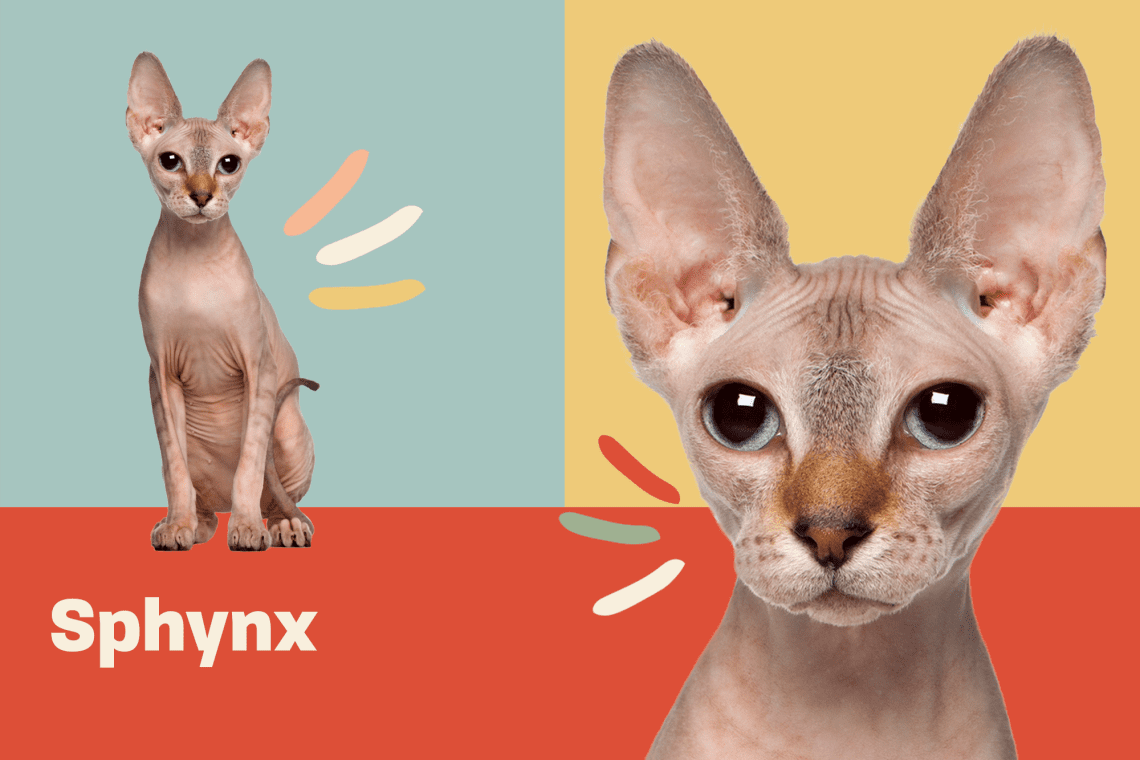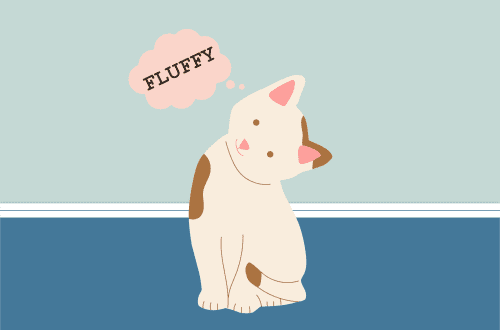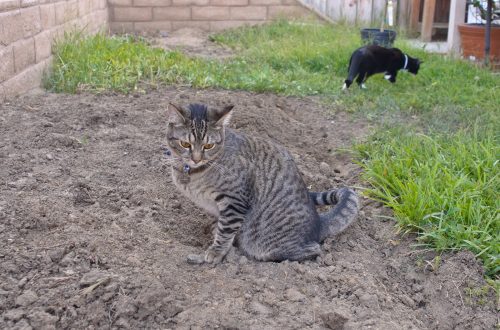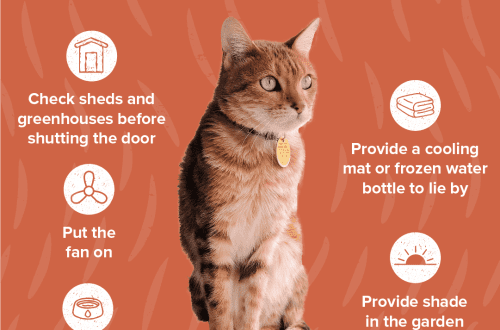
Sphinxes: varieties and features of the breed
When choosing a pet, many future owners think about whether they want a very fluffy cat, a short-haired one, or an animal without any hair at all. There are also such cats – these are sphinxes. What are their features?
The absence of hair in sphinxes is affected by a recessive gene. It is enshrined in the breed standard and carefully controlled by breeders.
What are the sphinxes
The oldest and most stable breed is the Canadian Sphynx. They began to breed after in 1966, the house cat of owners from Canada gave birth to a completely hairless kitten. It happened as a result of a natural mutation. In fact, the Canadian Sphynx is not completely naked – he has a little fluff.
The Don Sphynx is a hairless breed that was bred in Russia, in Rostov-on-Don. The standard was registered in 1996. There are several varieties: absolutely naked sphinxes, flock sphinxes – they have very short and soft hairs that are invisible to the eye. There are also “brush” and “velor” – wool is present, but very imperceptible to the touch.
Another Russian breed is the Peterbald. She was bred in 1994 in St. Petersburg, recognized by all felinological associations by 2003. There are completely bald Peterbalds, there are also covered with wool – it all depends on the presence of a recessive gene. Peterbald belongs to the group of oriental cats.
The Ukrainian Levkoy is a hairless fold cat, the first kitten was born in 2004. Since 2010, representatives of the breed have the right to participate in international exhibitions. Among the progenitors are Scottish Folds and Don Sphynxes.
Features of the breed
The main sign and feature of sphinxes is naked or almost naked skin. Completely naked cats tan easily and burn just as easily. Most sphinxes, except for the Ukrainian Levkoy, have large ears that look like locators. All varieties are distinguished by a flexible, slender body, well-developed muscles and long legs.
There are several types of skin in sphinxes of different species:
Hairless. Kittens are born completely naked, and as adults, the hair does not grow back. The skin is covered with characteristic secretions and resembles rubber in appearance and touch.
Flock. On the skin of the kitten there are small, very soft hairs, almost no eyebrows and whiskers. These hairs are almost invisible to the human eye, and the skin of a kitten resembles a peach to the touch. Most often, with age, all hairs fall off.
Velours. As the name suggests, kitten skin feels very similar to velor to the touch. The length of the hairs reaches 3 mm, and they are noticeable. When the kitten grows up, this undercoat may disappear completely.
Brush. The name is translated from English as “brush”. Brushed kittens have a short, coarse coat, and some curly hair is possible. The cat’s skin is not completely covered with hair – there are absolutely bare areas, most often on the paws, closer to the neck and on the head.
It used to be that sphinxes are a completely hypoallergenic breed. This is not entirely true. If there is an allergy to animal hair, the Sphynx is suitable. But most often, allergies manifest themselves on the skin, dandruff and pet discharge, so it is better to get tested in advance.
The nature and features of the content
Sphynxes in their behavior in the house are very reminiscent of dogs. The cat will need constant communication and attention. Animals are not at all prone to independence, they constantly need the presence of a person or another pet.
Cats of this breed are absolutely not aggressive, they easily get along with children, dogs and other animals. They are trainable and can remember a few simple commands such as “come”. For a cat, it is worth buying more toys – then he will not be sad if he is left alone.
Because of the nature of their skin, Sphynx cats need to be washed or wiped with a warm, damp cloth occasionally. After bathing, the cat must be wiped dry so that it does not catch a cold. It is necessary to consult with a veterinarian about the frequency of bath procedures: all cats have their own characteristics: someone needs to wash once a month, and some need to bathe once a week. You should also discuss the nutrition and diet of the pet.
Before buying a kitten, it is better to contact a professional breeder.
See also:
- Hairless cats: how to care for hairless cats
- How to help your cat get used to the winter cold
- Tips and Tricks for Cat Allergies
- The Importance of Preventive Vet Visits with an Elderly Cat





